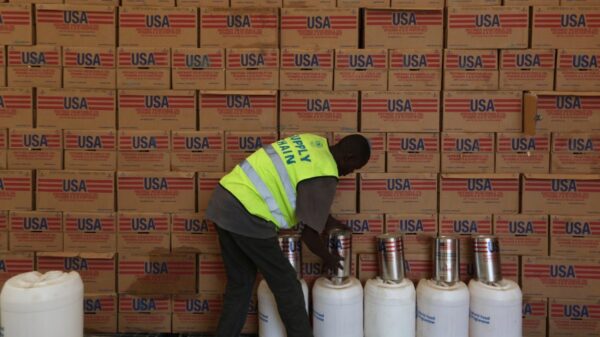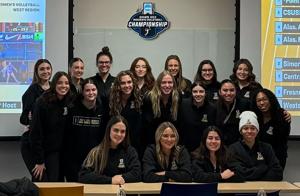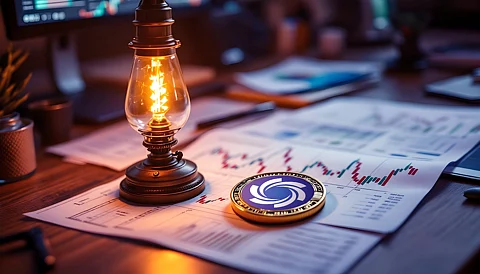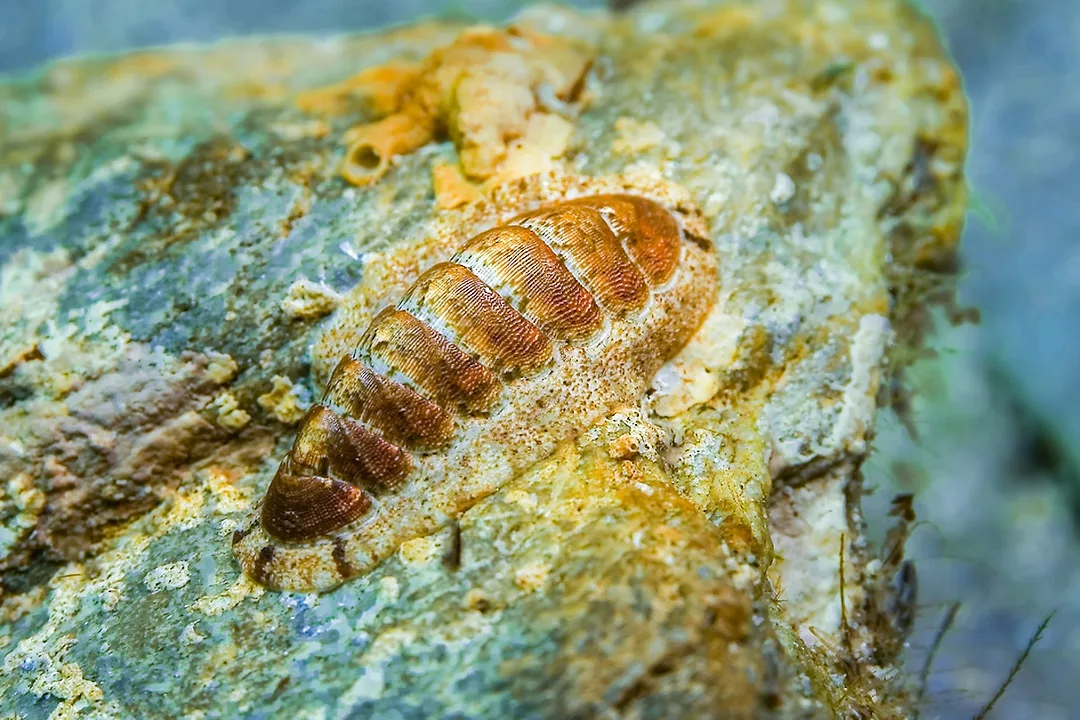Researchers at the University of California, Irvine (UC Irvine) are exploring innovative ways to enhance battery technology by studying the unique dental structures of chitons, small marine mollusks. The findings reveal how these creatures create exceptionally durable teeth, which could inspire cleaner and more efficient methods for producing essential materials used in various advanced technologies, from fuel cells to next-generation electronics.
David Kisailus, a professor of materials and engineering at UC Irvine, leads the Biomimetic and Nanostructured Materials Laboratory. He notes that chitons can regenerate their teeth every few days, which are made of magnetite—the hardest biological mineral known. This remarkable ability has implications for multiple industries, highlighting how natural processes can guide the design and synthesis of materials at the nanoscale.
Kisailus’s research, in collaboration with Okayama and Toho universities in Japan, unveiled the precise mechanism by which chiton teeth form. Proteins are transported through tiny nano-tubules and bind to organic structures, ultimately creating ultra-hard magnetite. This biological blueprint offers insights into more sustainable and cost-effective production methods for materials, particularly those utilized in lithium-ion batteries and hydrogen fuel cells.
The quest for alternative materials is critical, especially in the context of hydrogen fuel cells, which traditionally use platinum as a catalyst. Platinum is expensive, costing around $1,400 per ounce. Kisailus’s lab has developed a technique to synthesize cobalt oxide as a cost-effective alternative, reducing expenses to less than 1% of platinum’s cost. This advancement represents a significant leap toward making clean energy technologies more accessible.
In 2024, the U.S. Air Force awarded Kisailus’s lab a $4 million grant to investigate how microbes might extract rare earth elements. This project could lead to innovative mining techniques on Earth and beyond, including the moon and Mars. Kisailus draws parallels between the proteins that help bind iron in chiton teeth and the microbial processes that extract minerals from rock.
“Could we then take the protein itself and use that to provide templates for making batteries or extracting rare earth minerals from mines?” Kisailus asks. The implications of such research could transform supply chains for critical materials, reducing reliance on foreign sources and enhancing sustainability.
Additionally, microbes present an opportunity to replace toxic acids currently used in mineral extraction, which often result in environmental contamination. This shift could fundamentally alter the methods employed in semiconductor and computer chip production. Traditionally, chemical vapor deposition (CVD) techniques require high temperatures and toxic gases. In contrast, the approaches inspired by chiton biology may allow for the creation of nanomaterials at room temperature, promoting safer and more sustainable manufacturing practices.
As the demand for advanced materials grows, these discoveries could reshape how industries source and produce the foundational components of modern technology. By adopting design principles derived from nature, researchers like Kisailus are paving the way for a future characterized by reduced environmental impact and lower costs, fundamentally changing the landscape of material science and technology development.
In summary, the study of chitons is not merely an academic exercise; it is a vital exploration that could lead to breakthroughs with far-reaching implications across various sectors, from renewable energy to electronics. The intersection of biology and technology continues to offer exciting prospects for innovation, sustainability, and economic efficiency.



































































